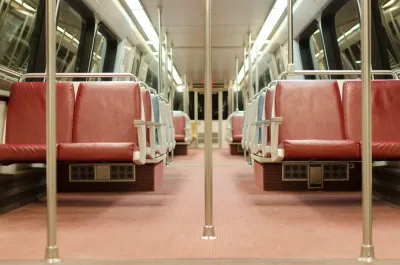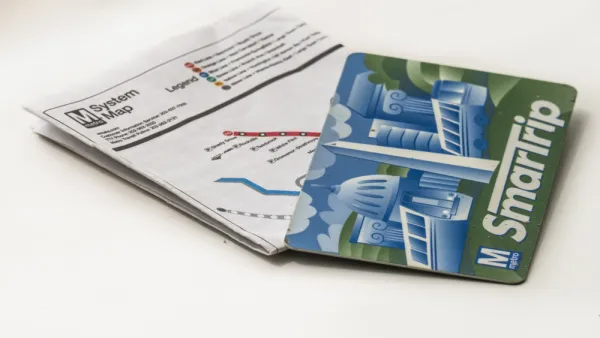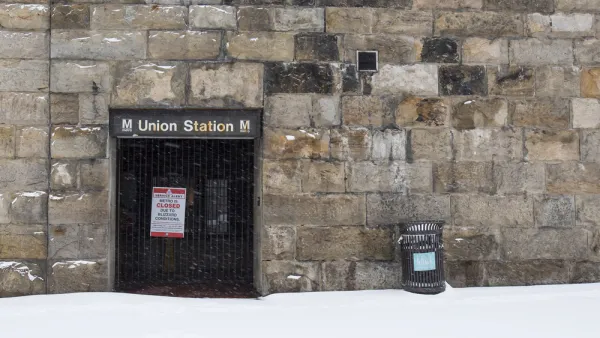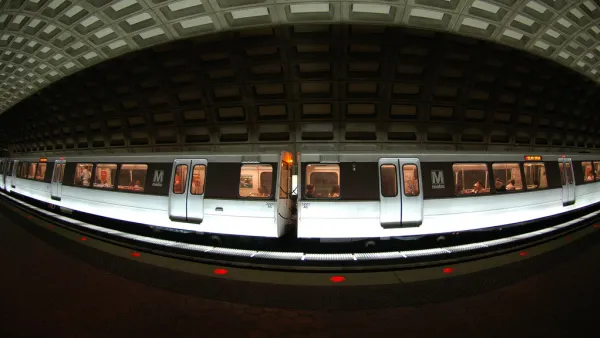At transit agencies like D.C, Metro, bad ridership projections beget bad fare scheduling which begets bad budgets. And so on.

The Washington Metropolitan Transit Authority's well documented challenges with maintenance and ridership are further complicated by inaccuracies in the region’s travel forecasts, according to an article by Martin Di Caro.
Bad projections, according to Di Caro, breed "unreliable budgeting and eroding confidence that Metro’s leaders have the best data possible to manage the current ridership losses."
Metro recently announced a fare increase, but it "remains unclear where Metro’s ridership and fare revenue need to be to avoid annual debates over fare hikes and service cuts," according to Di Caro. A report by Metro's inspector general [pdf] found "that the transit authority’s key departments recognize the old way of predicting commuter behavior and setting fare levels no longer works."
Yet, D.C. Metro is not the only Metro in the country struggling to build better predictive modeling. "Metro reached out to other major systems via survey, confirming that they 'face similar constraints in making changes to fare structures, such as economic factors, available funding, political opposition, and public board reaction,'" according to Di Caro.
FULL STORY: Why Metro Can’t Predict How Many People Will Ride The Trains

Analysis: Cybertruck Fatality Rate Far Exceeds That of Ford Pinto
The Tesla Cybertruck was recalled seven times last year.

National Parks Layoffs Will Cause Communities to Lose Billions
Thousands of essential park workers were laid off this week, just before the busy spring break season.

Retro-silient?: America’s First “Eco-burb,” The Woodlands Turns 50
A master-planned community north of Houston offers lessons on green infrastructure and resilient design, but falls short of its founder’s lofty affordability and walkability goals.

Test News Post 1
This is a summary

Analysis: Cybertruck Fatality Rate Far Exceeds That of Ford Pinto
The Tesla Cybertruck was recalled seven times last year.

Test News Headline 46
Test for the image on the front page.
Urban Design for Planners 1: Software Tools
This six-course series explores essential urban design concepts using open source software and equips planners with the tools they need to participate fully in the urban design process.
Planning for Universal Design
Learn the tools for implementing Universal Design in planning regulations.
EMC Planning Group, Inc.
Planetizen
Planetizen
Mpact (formerly Rail~Volution)
Great Falls Development Authority, Inc.
HUDs Office of Policy Development and Research
NYU Wagner Graduate School of Public Service




























